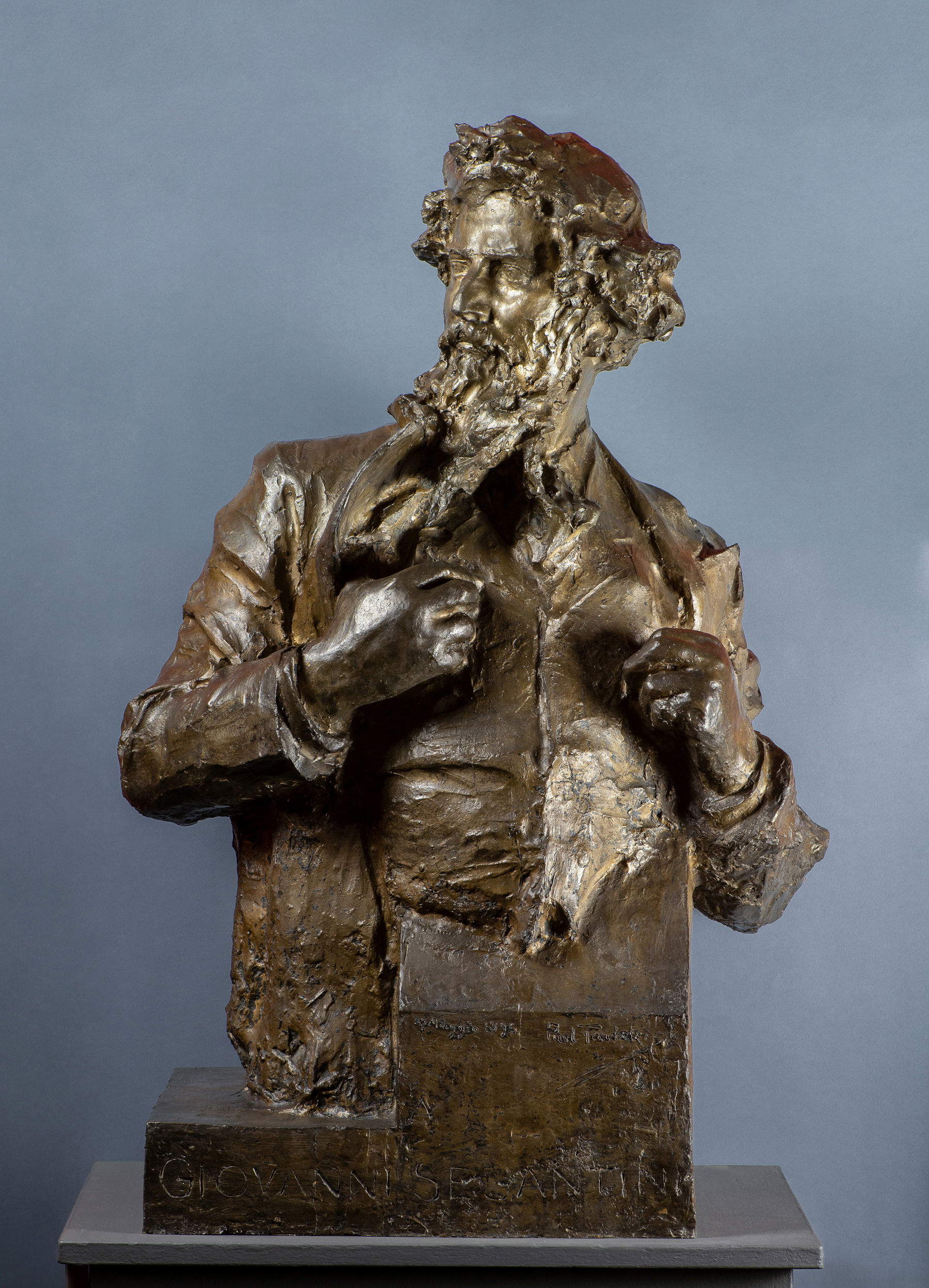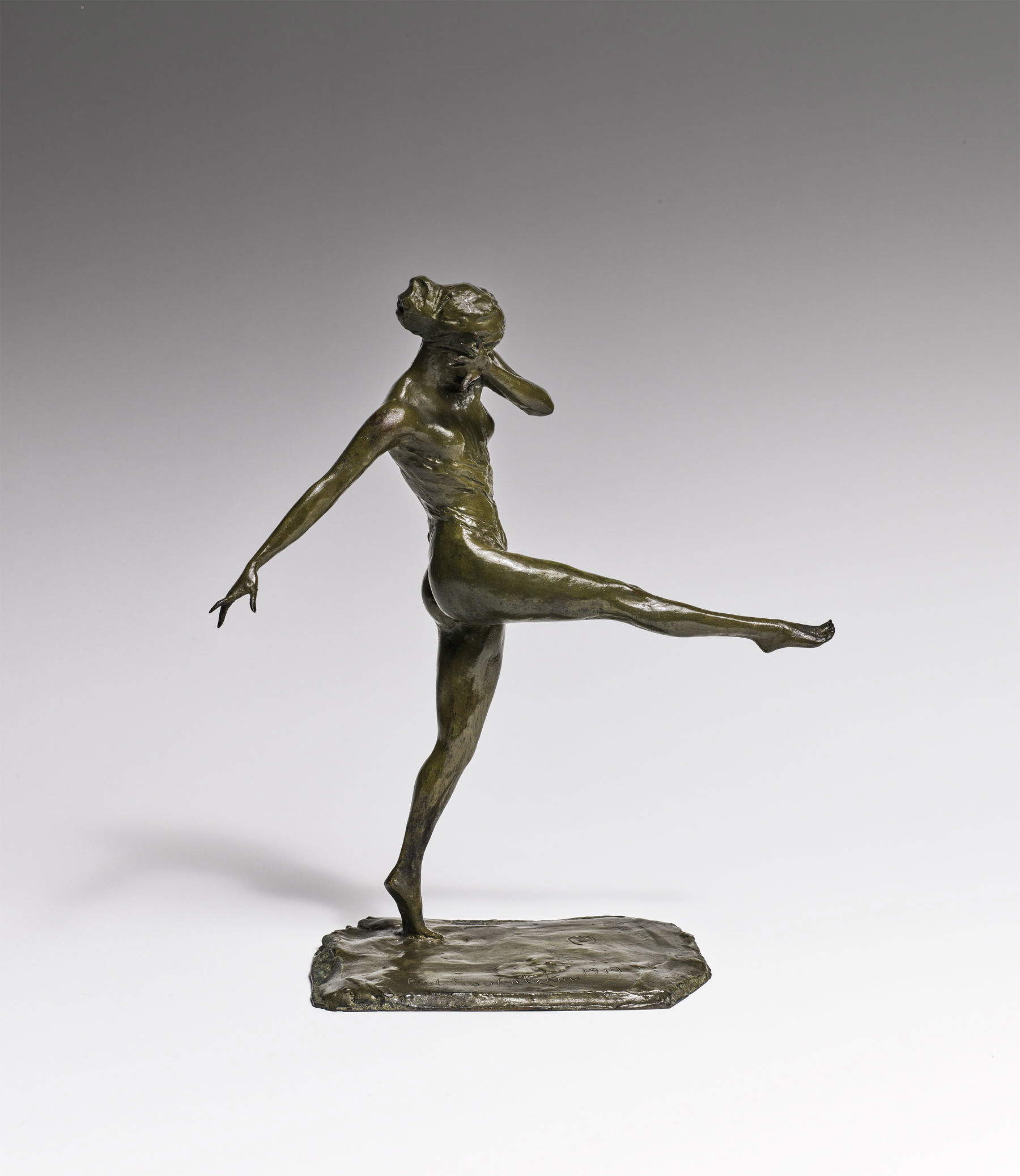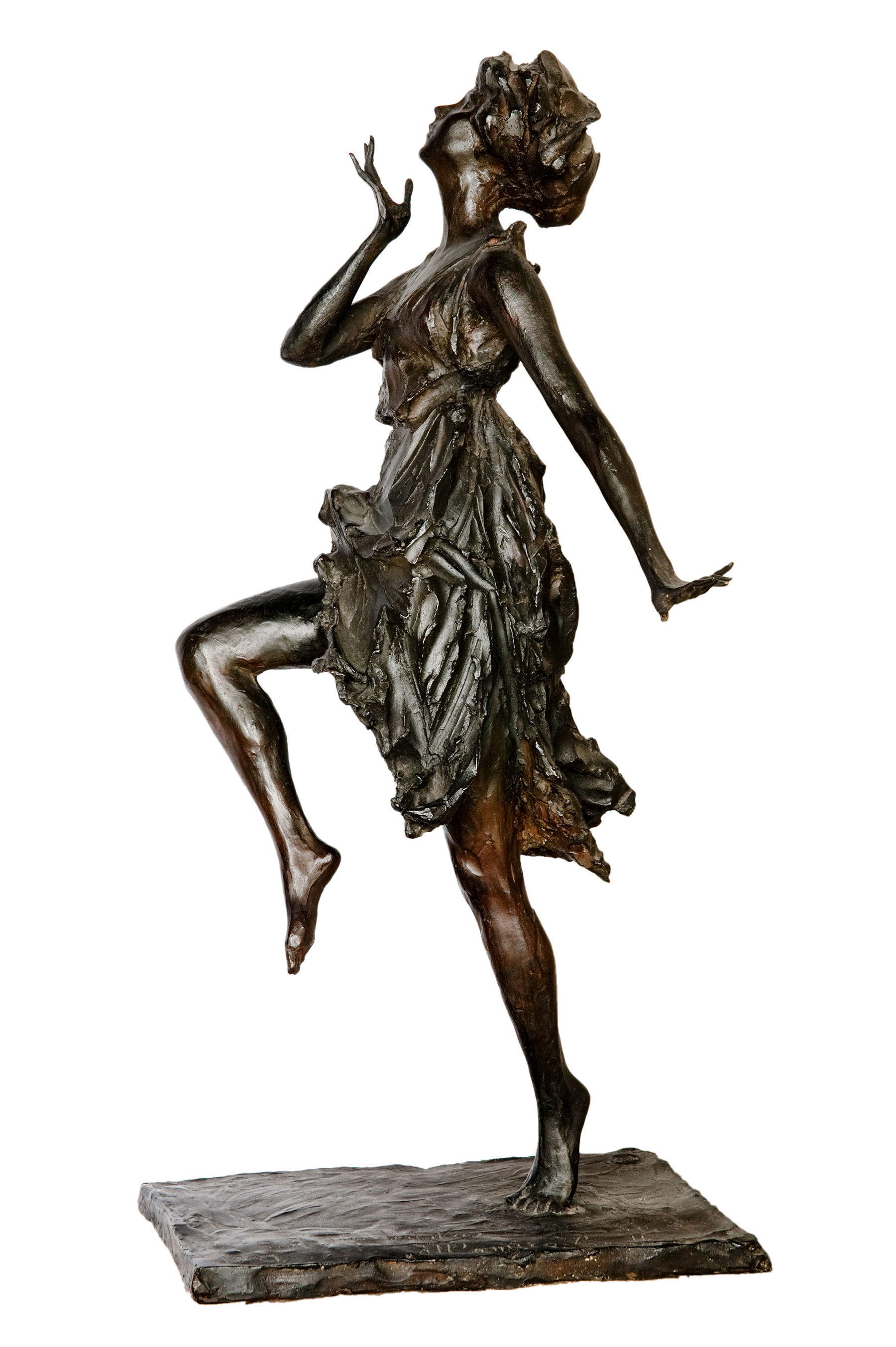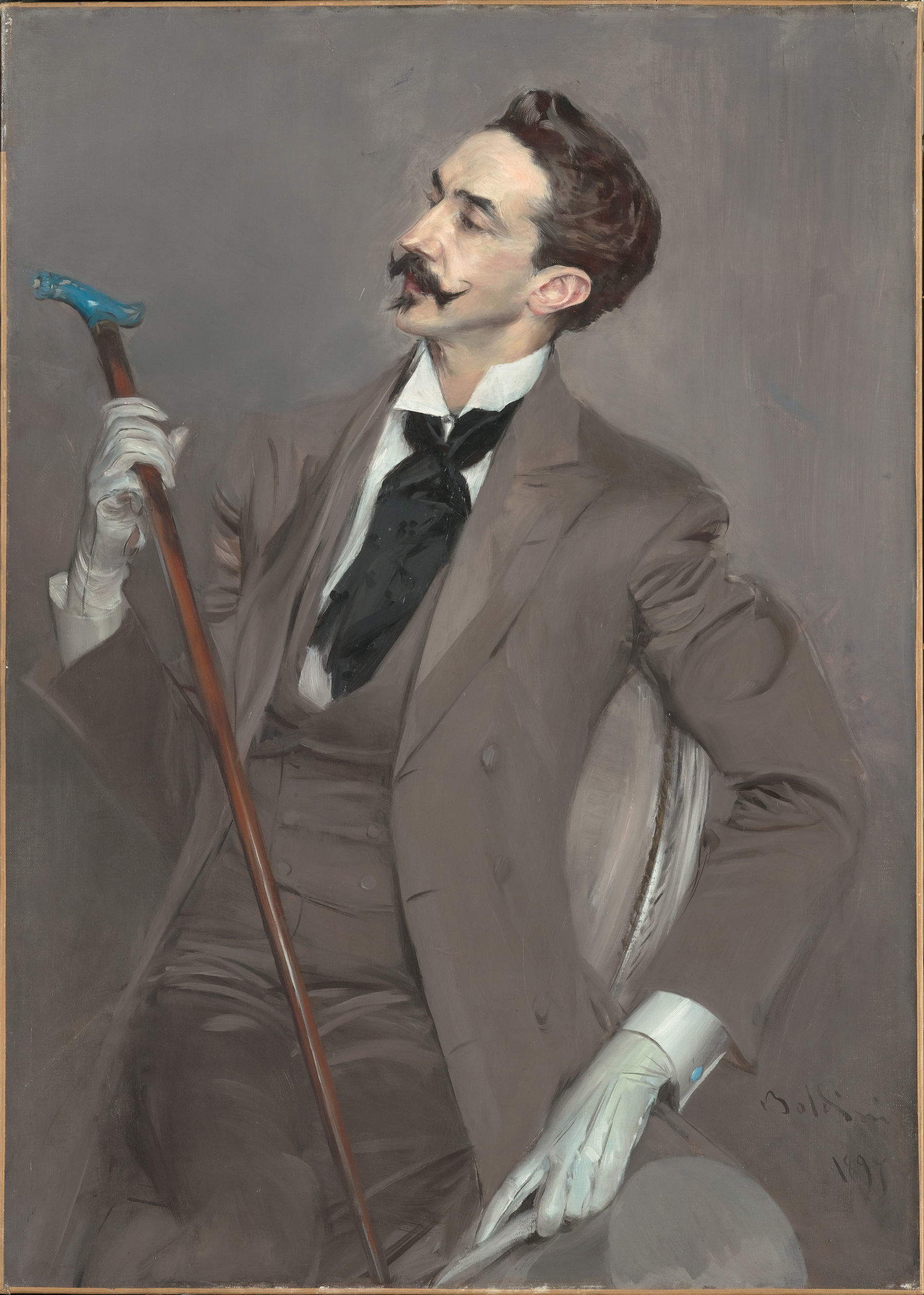From February 27 to June 28, 2026, GAM | Gallery of Modern Art in Milan is hosting the exhibition Paul Troubetzkoy. The Sculptor of the Belle Époque, a retrospective devoted to one of the most important sculptors between the 19th and 20th centuries. The exhibition, which opened at the Musée d’Orsay in Paris and is open to the French public until Jan. 11, 2026, is a co-production between GAM, the Paris museum and CMS.Cultura srl, with the collaboration of the Museo del Paesaggio in Verbania, which preserves a substantial part of the artist’s legacy. The Milan stage, curated by Omar Cucciniello, offers an international survey of the work of Paul Troubetzkoy (Intra, 1866 - Pallanza, 1938), cosmopolitan sculptor, son of a Russian diplomatic prince and an American opera singer, who was born on the shores of Lake Maggiore, trained in Italy and then moved to Paris, where he consolidated his international fame, establishing himself as a leading portrait painter for the high society of the Belle Époque.
The exhibition features eighty works, including sculptures and paintings, from major Italian, European, British and U.S. collections. The works are organized in five thematic and chronological sections, with the aim of outlining the author’s human and artistic journey, from his early successes in Milan, frequenting Scapigliati circles, to his international consecration, including winning the competition for the equestrian statue of Tsar Alexander III in St. Petersburg. The exhibition also recounts his move to Paris and participation in major U.S. exhibitions, which helped consolidate his global fame. Troubetzkoy is known for his ability to capture the character of his subjects with quick, vibrant touches. Among his best-known portraits are those of artists, nobles and intellectuals in his circle, such as Count Robert de Montesquiou and Gabriele D’Annunzio, theater and music celebrities such as Enrico Caruso and Giacomo Puccini, and contemporary artists such as Giovanni Segantini, Giovanni Boldini and Joaquín Sorolla. Portraits also include members of the international upper middle class, including members of the Rothschild, Vanderbilt, and Rockefeller families, as well as the famous Marchesa Casati.


Troubetzkoy’s working method, which sculpted directly from life without preparing drawings, resulted in bronze busts characterized by immediacy and modernity, with some parts barely sketched alongside more detailed ones, documenting the artist’s creative process. Among the works in the exhibition, the Portrait of Lev Tolstoy, made after a meeting with the writer in 1899, reveals Tolstoy’s influence on Troubetzkoy’s personal life, such as his adoption of a vegetarian lifestyle, a practice also shared by George Bernard Shaw, who called him “the sculptor the most astonishing of modern times.” The exhibition offers a panorama of the most famous portraits but also includes lesser-known works, including animal sculptures and experimental tests, many of which have never been exhibited in Italy. The paintings on display include the portrait of Troubetzkoy made by Ilya Repin in 1908, the only painting preserved in Italy by the Russian master belonging to the peredžniki (walking painters) current, on loan from the GNAMC in Rome, and some works by Giovanni Boldini, such as the portrait of Count de Montesquiou from the Musée d’Orsay, in dialogue with the sculptor’s bronzes.
The exhibition also includes statuettes depicting Native Americans and cowboys, which Troubetzkoy first studied while visiting Buffalo Bill’s circus in Milan in 1890 and later during stays in the United States. Here he also made portraits of early Hollywood stars and figures of ballerinas. Sculptures include the statue Mademoiselle Svirsky, a famous dancer of the time who performed barefoot, with a dedication to Sorolla, and Lady Constance Stewart Richardson, a dynamic bronze portrait from the Fine Arts Museum in San Francisco. The last section of the exhibition is dedicated to the animal world, highlighting Troubetzkoy’s commitment to the animal and vegetarian cause, with works such as the Devourer of Corpses, a testament to his ethical and social concern, and the constant formal experimentation that characterized his career.


 |
| Paul Troubetzkoy on display in Milan, the sculpture of the Belle Époque |
Warning: the translation into English of the original Italian article was created using automatic tools. We undertake to review all articles, but we do not guarantee the total absence of inaccuracies in the translation due to the program. You can find the original by clicking on the ITA button. If you find any mistake,please contact us.